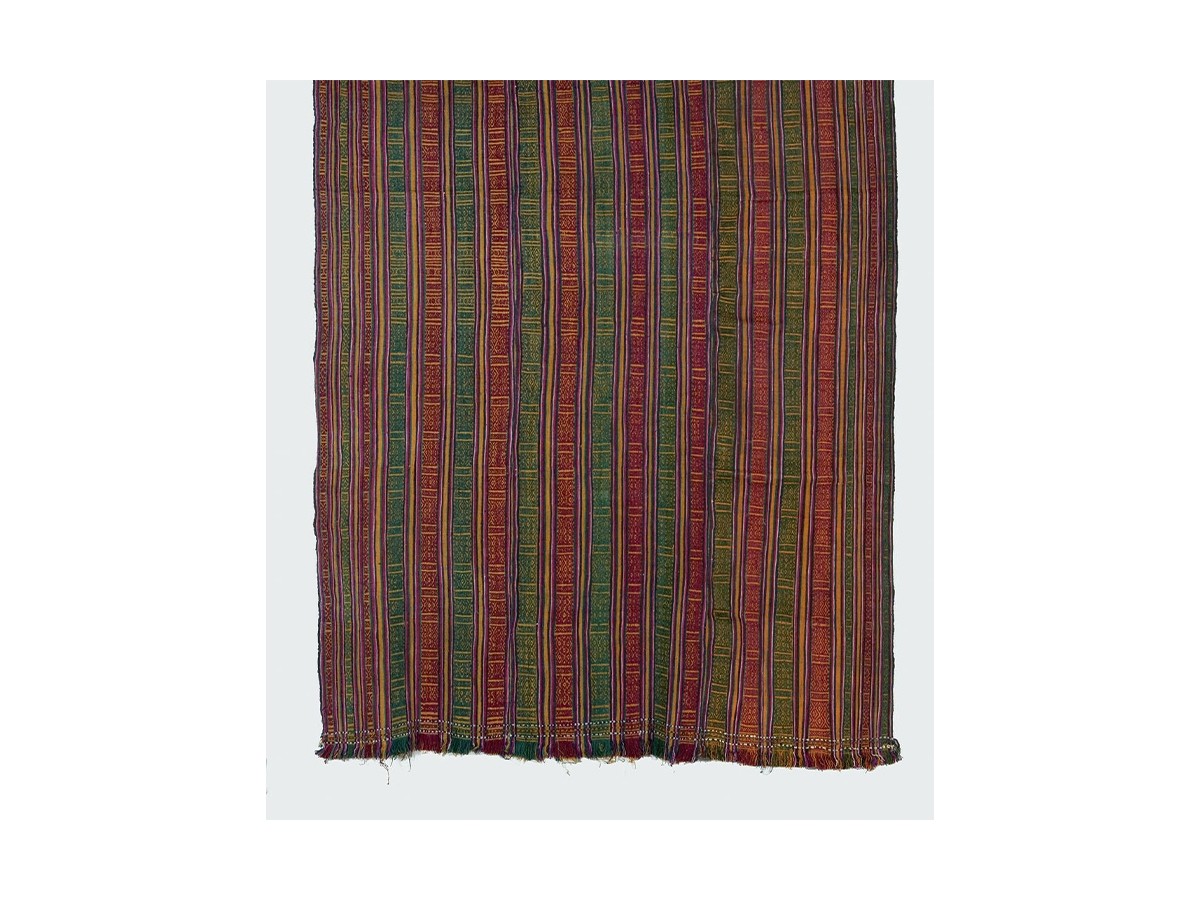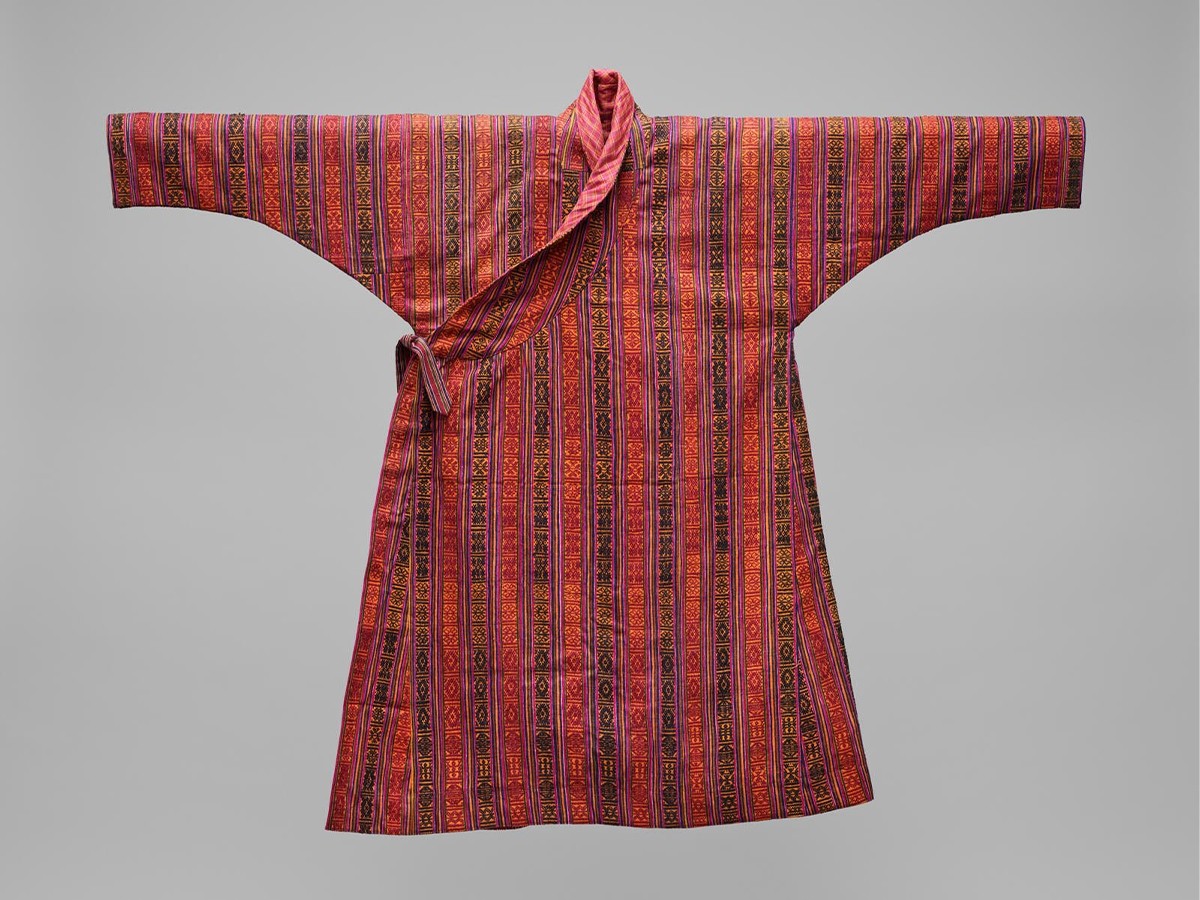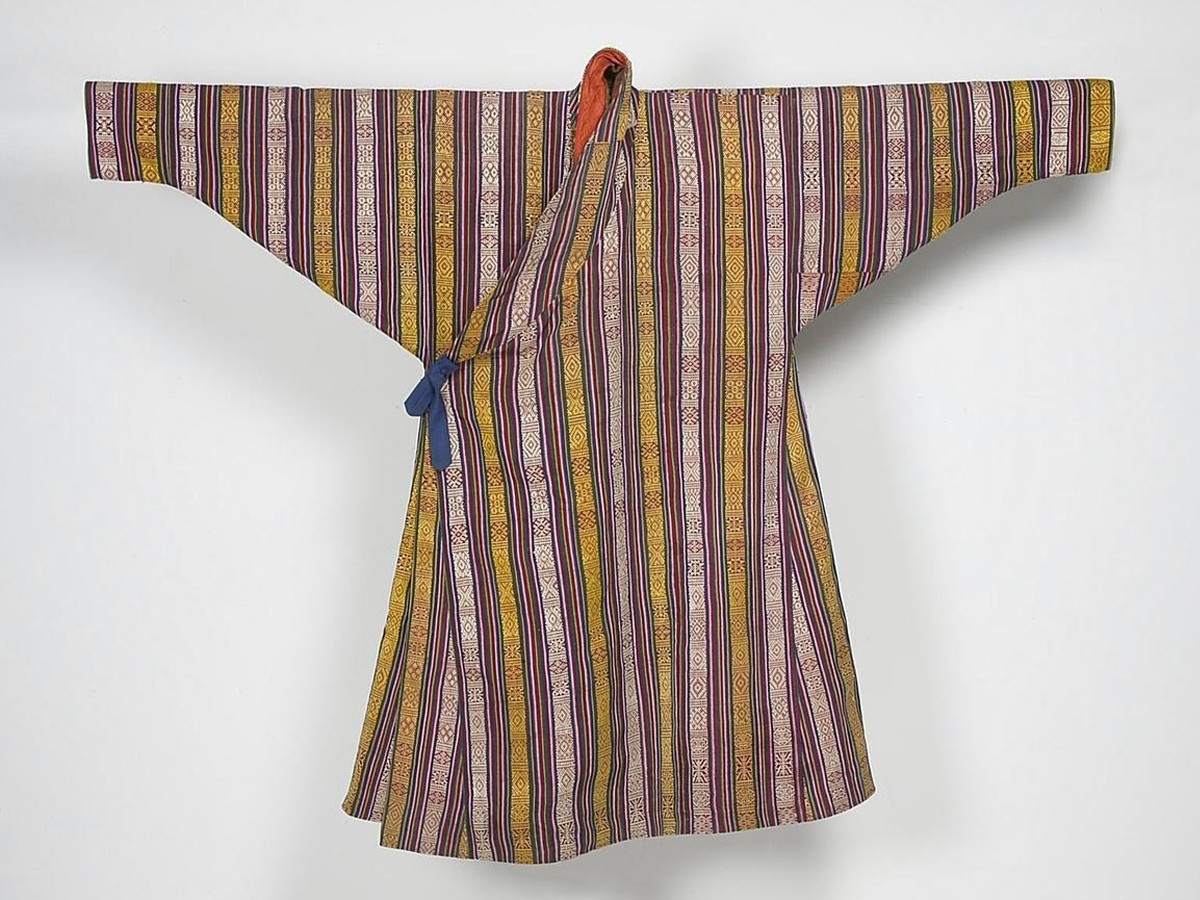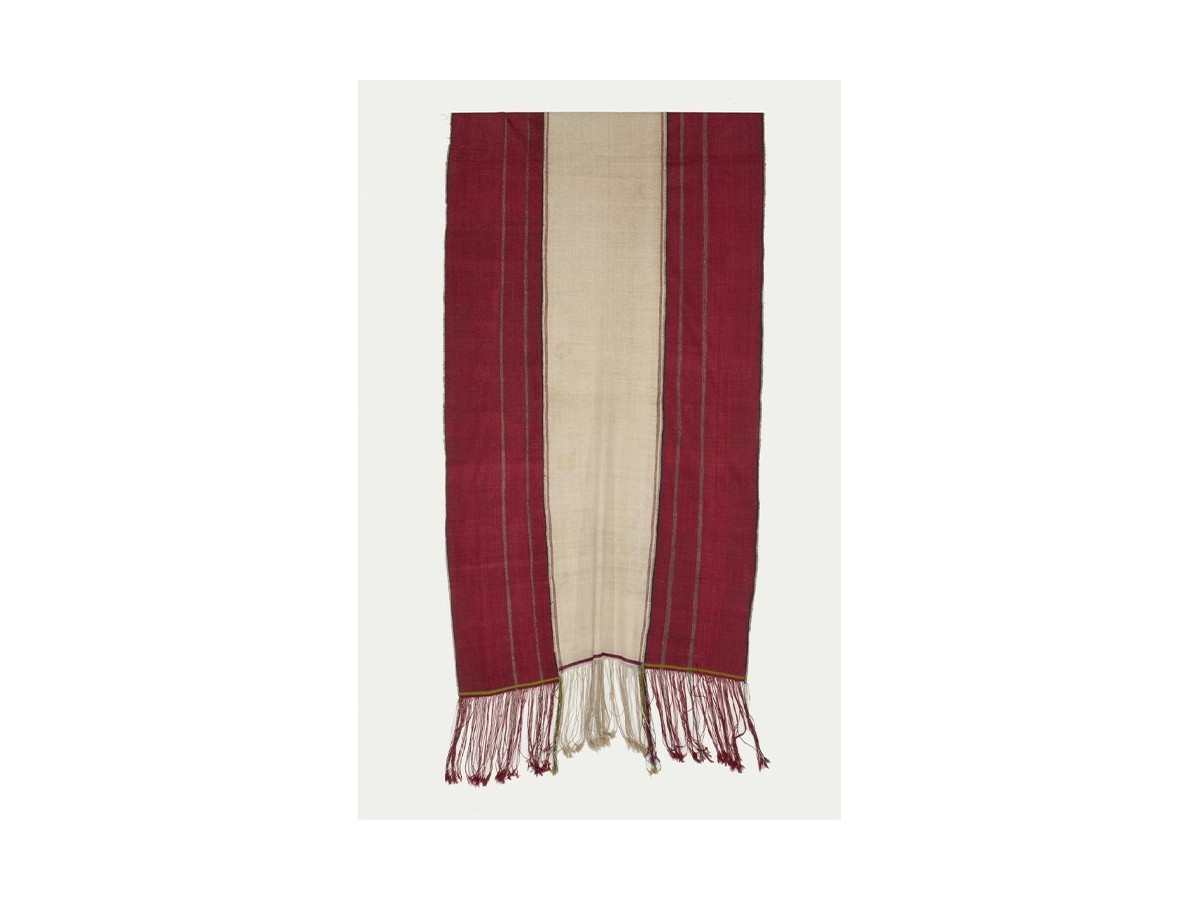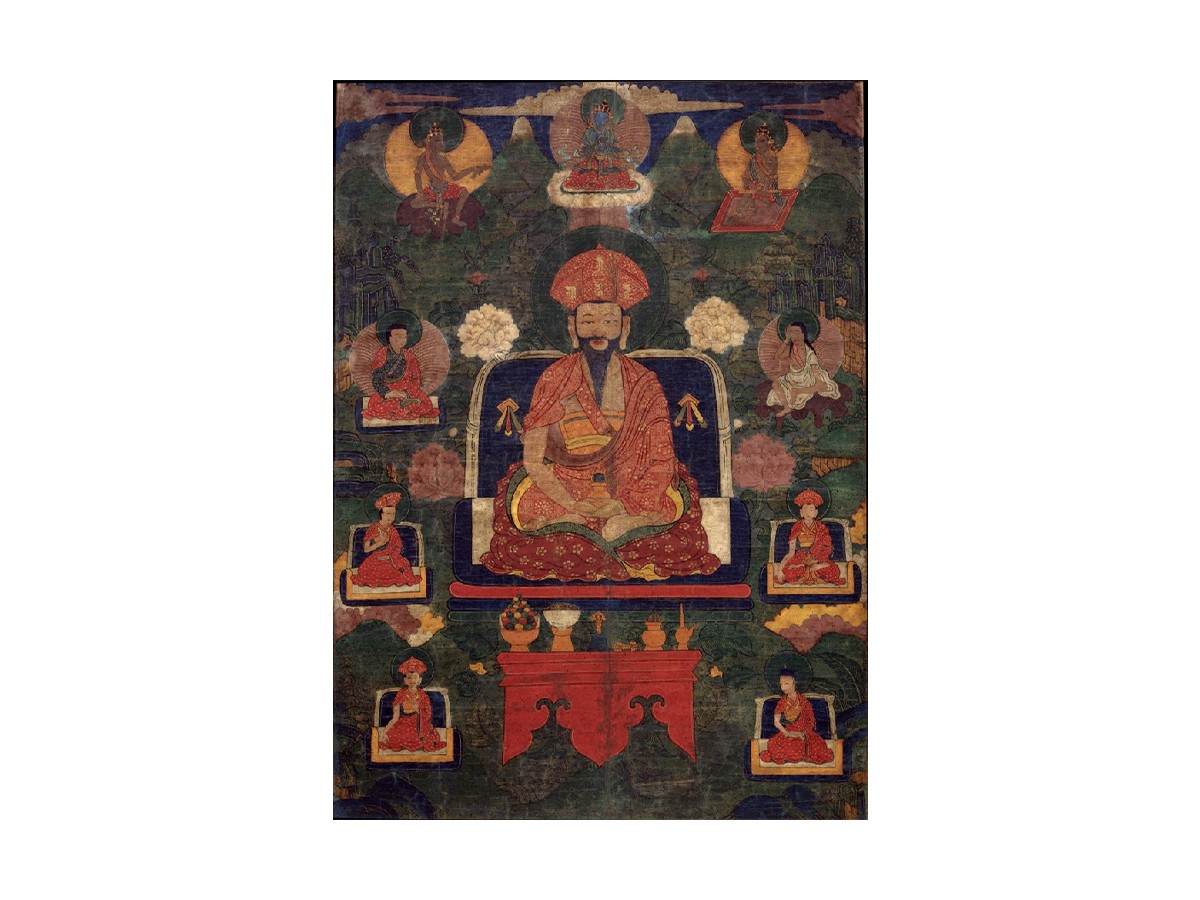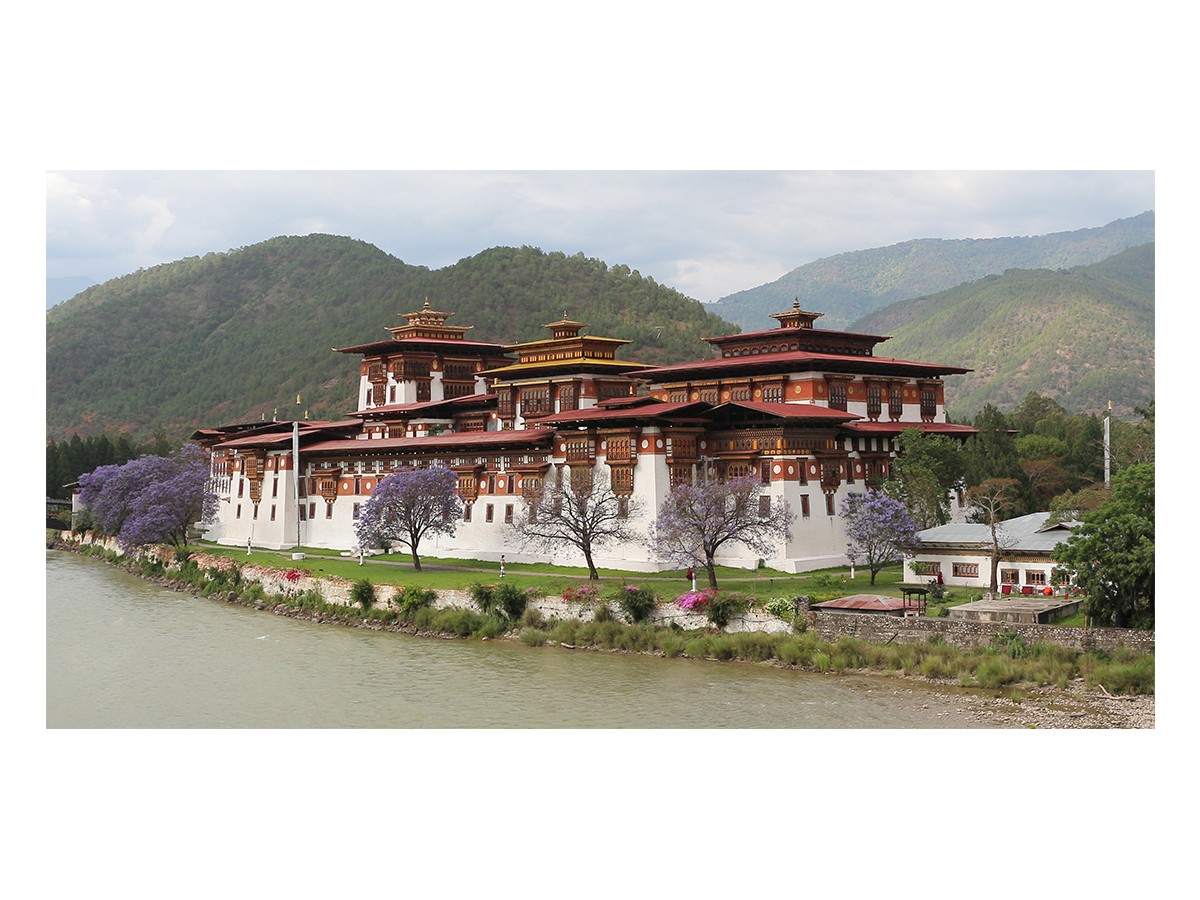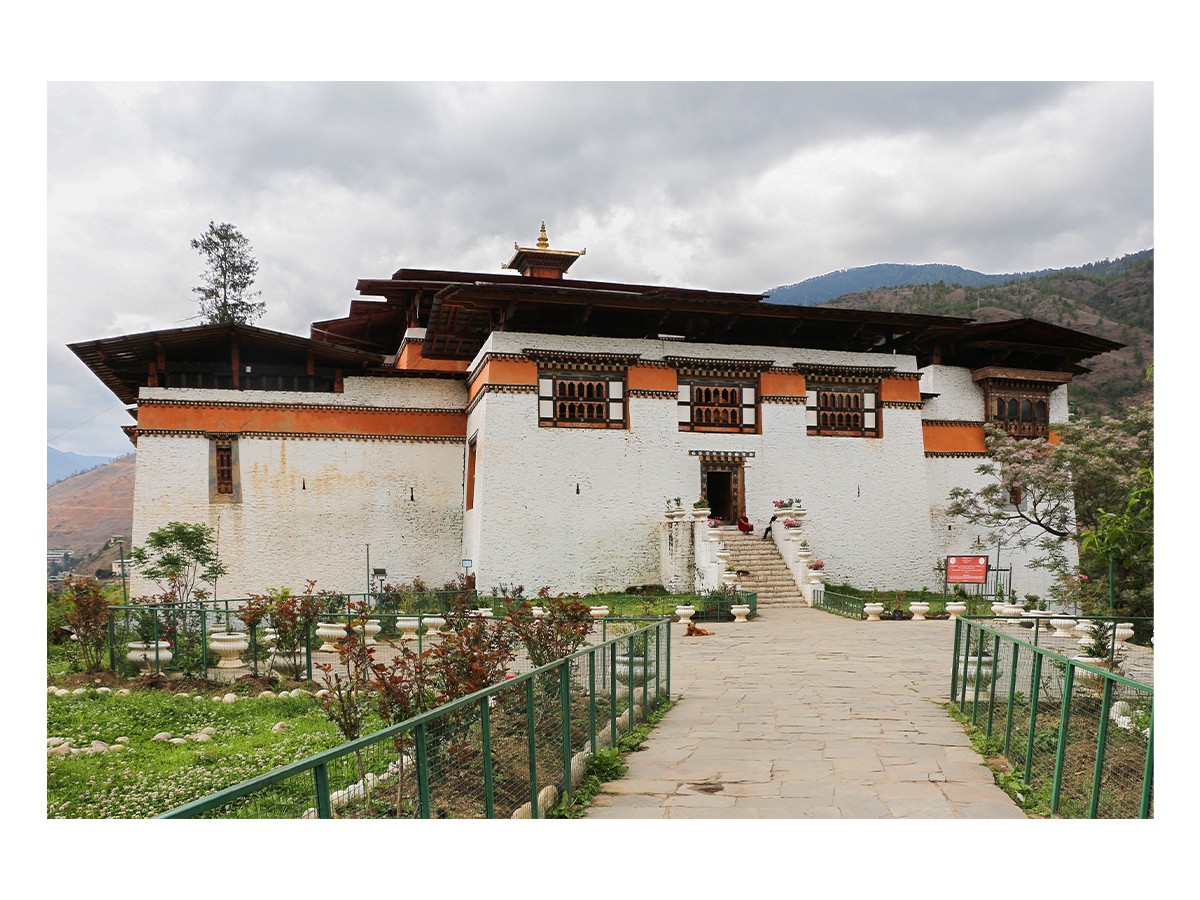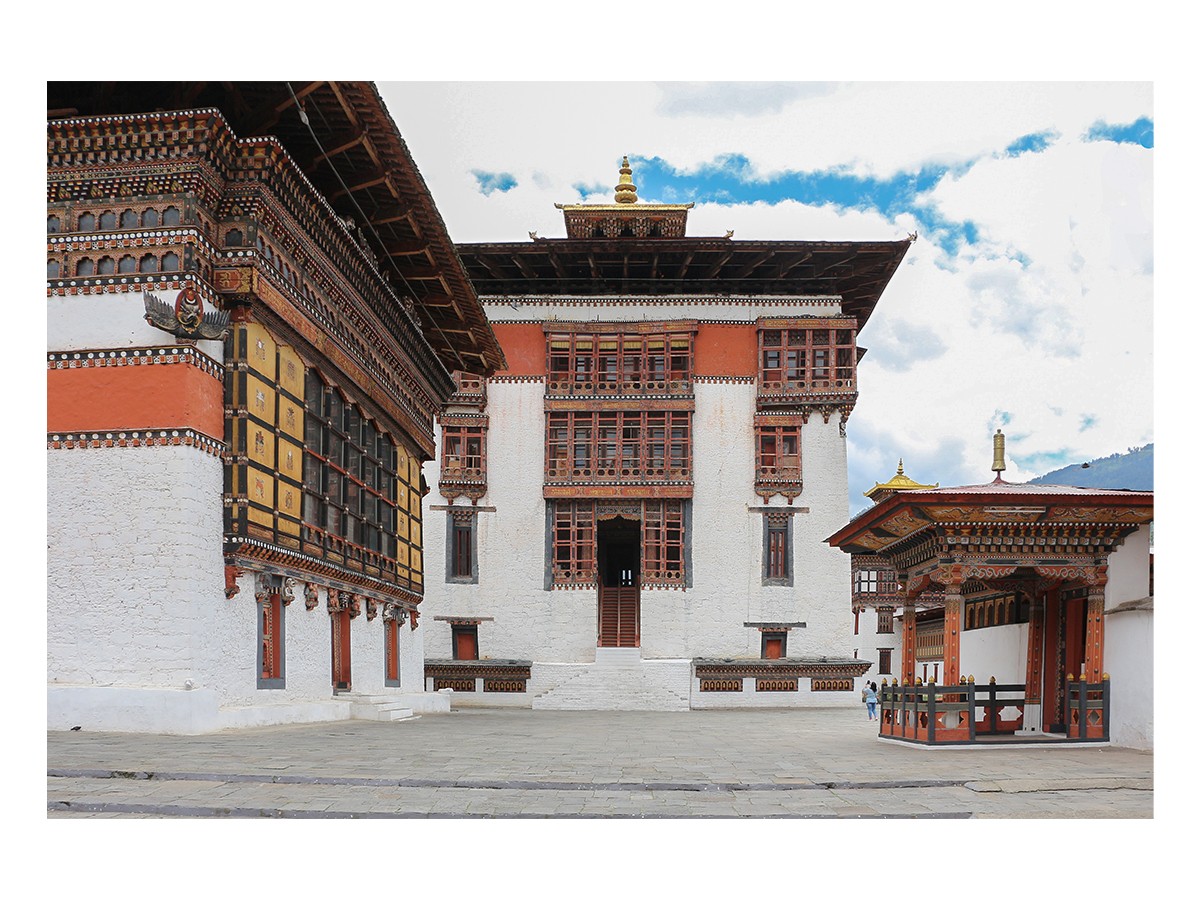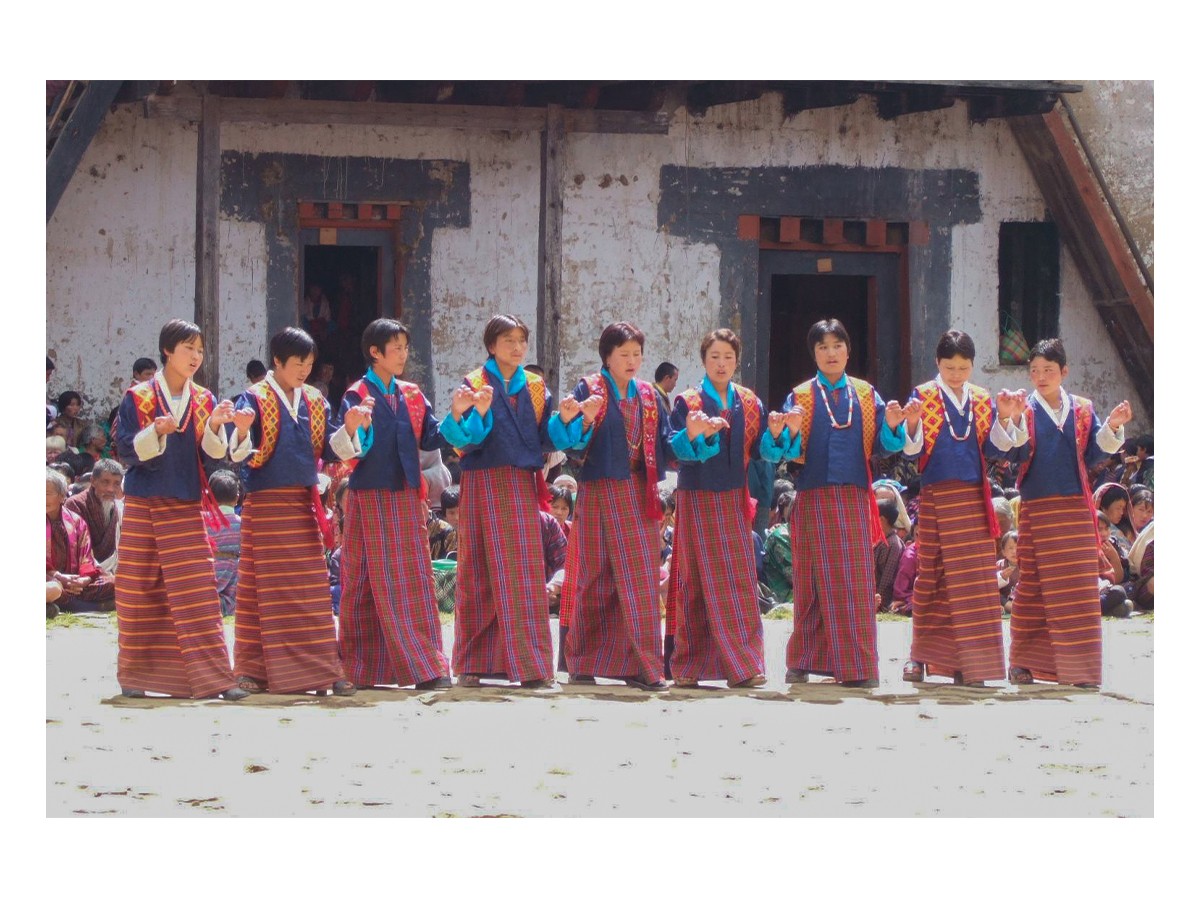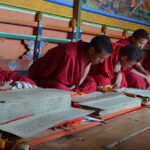The Driglam Namzha is Introduced in Bhutan
1637
The Tibetan lama Ngawang Namgyal, who arrived in Bhutan in 1616, formulates a set of rules for the social and cultural life of the region’s landowning and clerical classes — the Driglam Namzha. These guidelines cover interpersonal etiquette, clothing, performances and even the construction of temples and dzongs (Bhutanese monastic forts), providing a framework for the material aspects of Bhutanese identity. Guidelines for clothing and behaviour are the most detailed, prescribing protocols for interactions between people of differing social status, postures for sitting and eating, types of gho and kira — traditional attire for men and women respectively — to be worn for various occasions, situations where certain accessories are appropriate or required, and so forth.
Namgyal, a monk from the Drukpa Kagyu sect of Tibetan Buddhism, has gathered a large base of local followers since 1616, allowing for the political unification of Bhutan, previously controlled by numerous Drukpa lamas and Bhutanese feudal rulers. To preserve this unity and his own control over the new state, he has been commissioning dzongs since the late 1620s. They differ from their Tibetan counterparts by being monastic, administrative and defensive structures all in one, and the guidelines for their design are included in the Driglam Namzha.
Although the Driglam Namzha is based on a loose, pre-existing set of Bhutanese cultural rules, its codification is a crucial moment in Bhutanese history, helping shape the region’s social and religious order. Coupled with Namgyal’s political consolidation of the region, it marks the foundation of Bhutan as a political, social and cultural unit in South Asia. In the twentieth century the Driglam Namzha will become even more significant in Bhutanese public life, and many aspects of it will become law in the modern kingdom.
Bibliography
Altmann, Karin. Fabric of Life: Textile Arts in Bhutan – Culture, Tradition and Transformation. Berlin: De Gruyter, 2016.
Harrison, Peter. Fortress Monasteries of the Himalayas: Tibet, Ladakh, Nepal, and Bhutan. Oxford: Osprey Publishing, 2011.
Whitecross, Richard W. “Law, “Tradition” and Legitimacy: Contesting Driglam Namzha.” In Development Challenges in Bhutan: Perspectives on Inequality and Gross National Happiness, edited by Johannes Dragsbæk Schmidt, 115–134. Cham, Switzerland: Springer, 2017.
Feedback 
This entry appears in
Art in South Asia
Visit Timeline
Associated Timeline Events
First Published: March 11, 2024
Last Updated: August 5, 2024



